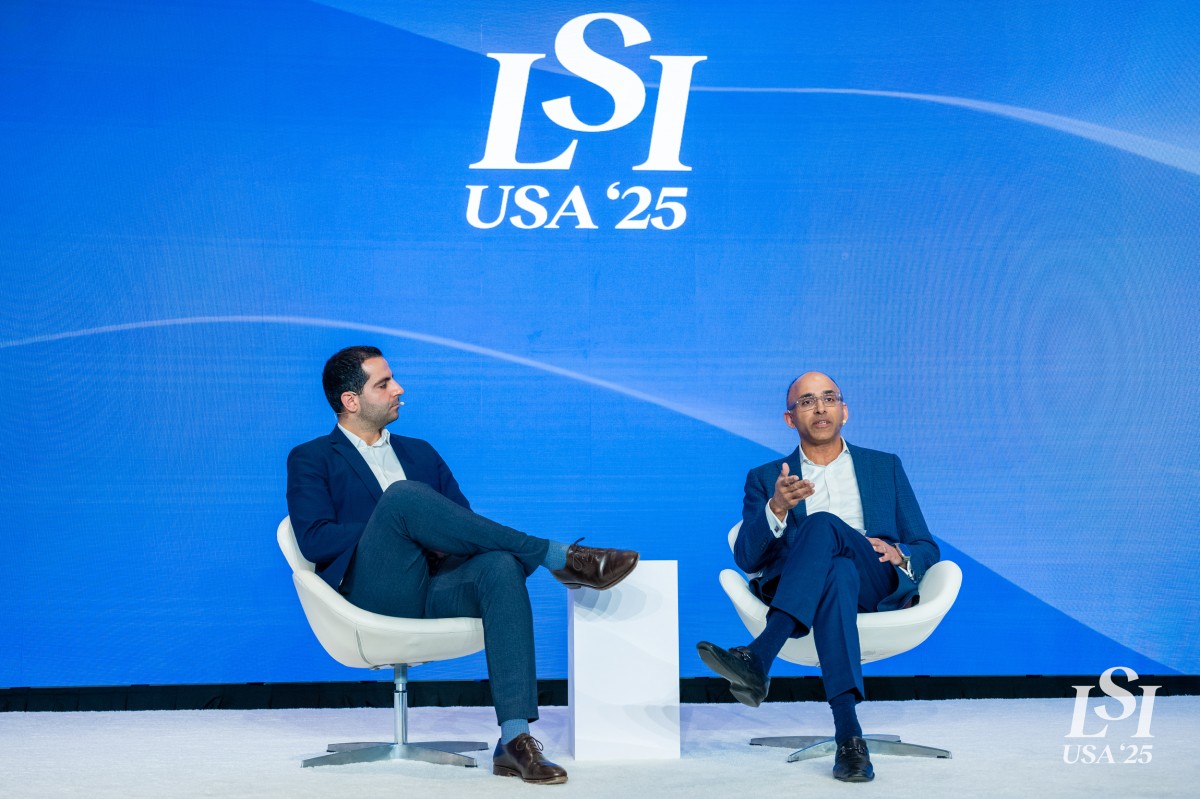
The integration of wearable technology in cardiac care is not just a trend; it is a structural shift redefining how and when heart disease is diagnosed, monitored, and treated. During an LSI USA '25 Signature Series, "The Future of Wearables in Cardiac Care," Dr. Asif Ali and Amir Soltanianzadeh took the stage to outline how cardiac wearables are evolving from simple monitoring tools into comprehensive care platforms.
Dr. Ali, a practicing cardiologist and researcher with the American Heart Association, opened the discussion with a clear warning: "If you're going to sell to people of different skin colors and skin tones, then you need to make sure that you include them in your research." His remarks stemmed from recent findings on photoplethysmography (PPG) in digital health devices. During the COVID-19 pandemic, pulse oximeters were found to be inaccurate in people with darker skin tones, a stark example of what happens when inclusivity is absent from device testing.
Redesigning Standards: From Monitoring to Action
The future of cardiac wearables lies not only in how they monitor patients but also in how they translate data into meaningful actions. "You want to make the biggest impact in healthcare? People have to use your device," said Ali. "They have to adhere to it. And you need to have a stickiness."
He shared examples like a plug-in device that detects ankle swelling, an early sign of fluid retention, and automatically prompts the user to adjust their Lasix dose. The goal is to create devices that not only gather diagnostics but also trigger therapy changes in real time. "It’s not just about diagnostics," Ali emphasized. "How do we create action items and therapy?"
Soltanianzadeh agreed, noting that the next frontier lies in closed-loop systems, much like those developed in diabetes management. "We saw a bit of this in DBS recently with the announcement of those closed-loop therapies," he said. "I think wearables might have an interesting future in which they become companions with another device."
A New Imperative for Cardiac Wearables: Inclusivity, Interoperability, and Insight
Central to Ali's perspective is the necessity of diverse data. "Most of the machine learning models were based on 65-year-old white males," he explained. "So the previous data may not represent the cohort that you're trying to apply these models to."
This imbalance extends to data management and integration. "There's death by data," Ali said. "Accurate data is key. MD doesn’t just mean medical doctor; it means make decisions."
Ali called for agnostic, interoperable dashboards that integrate with existing EMRs. Without this, providers face a flood of data with little guidance on clinical relevance.
He cited a Nature Medicine article that examined 500 AI tools in healthcare. "Over half of those AI models approved by the FDA did not have publicly available clinical validation data," he said. "Just because you have clearance does not equate to real outcomes."
Gamification and Behavior Change
Patient compliance remains a persistent challenge. Ali, who also serves as Chief Medical Officer of a company called Tabia (meaning "behavior"), argued that the industry has yet to crack the behavioral science behind long-term adherence.
"We have not done well on the gamification of devices," he noted. Drawing comparisons to companies like Starbucks, he emphasized how psychological incentives like rewards and personalization could improve compliance. "What actually makes your device more sticky? That may be different for different genders, different ethnicities."
Soltanianzadeh echoed this sentiment. "Wearables can be a huge turnaround moment for us to take a page out of consumer health. Make health cool."
Predictive Analysis and the Future of Therapy
Looking ahead, both panelists were particularly excited about the potential of predictive analysis. From using EKG data to detect coronary artery disease before symptoms arise to predicting fluid buildup or adverse outcomes post-TAVR, the potential is vast.
"We need to get away from public health to personalized health," said Ali. "And I think that’s where AI is helping us really understand the individual."
He shared a personal story of a patient with severe aortic stenosis who refused a TAVR procedure despite clinical urgency. The patient ultimately passed away. Ali suggested that had a predictive model been able to quantify and communicate the risk more effectively, the outcome may have been different. "The key part is, how do you message that information to the patient so they take action on it?"
The Role of Cardiac Wearables in Driving Change
By the end of the panel, one takeaway was clear: cardiac wearables are becoming essential tools not just for monitoring, but for transforming patient outcomes through inclusivity, interoperability, and actionable insight.
"It’s the most exciting time to be in healthcare in recent history," said Soltanianzadeh. "So really look for partners like yourself and find that partnership with the physicians who are trying to think about how we’re going to move the field forward."
Whether through predictive modeling, gamified platforms, or seamless data integration, the next generation of cardiac wearables will help bridge the gap between diagnostics and therapy, between data and decisions, and ultimately, between patients and better health.
-Joe-Mullings,-Andrew-ElBardissi,-Ramin-Mousavi,-Addie-Harris,-and-Josh-Makower.png)






